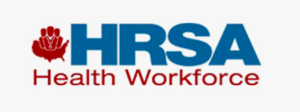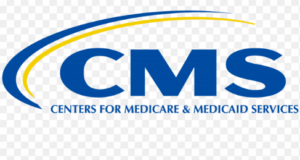
CMS is pleased to announce the Certified Application Counselor Designated Organization (CDO) Application web form is now live and will remain available year-round!
CDOs are a vital component of the assister community. In states with a Federally-facilitated Marketplace (FFM), CDOs oversee Certified Application Counselors (CACs), who are annually trained and able to help consumers seeking health coverage options through the Marketplace.
Help us spread the word – the Centers for Medicare & Medicaid Services (CMS) invites new applicant organizations who want to become CDOs to apply.
This announcement applies only to organizations that:
- Wish to apply to the CDO program operating in an FFM state, and
- Do not currently have an active CMS-CDO agreement with CMS
Organizations with an active CMS-CDO agreement should disregard this message. If you are unsure if your organization has an active CMS-CDO agreement with CMS, please contact us at CACQuestions@cms.hhs.gov.
Only organizations that complete the two steps below and receive a CDO ID from CMS can certify staff or volunteers as CACs in an FFM state to provide enrollment assistance services.
To apply to become a CDO:
- Access and complete the CDO Application at https://mats.secure.force.com/CDOApplication/. CMS will review your application and send a determination email with your application status. Please allow up to 10 business days for this review.
- If CMS approves your application, your leadership contacts will receive a Preliminary Approval email.
- Your Organization Senior Official (OSO) listed on your application will receive an email from DocuSign containing directions and a link to your CMS-CDO Agreement and must sign using DocuSign.
- Please be sure to check your spam/junk folder and add cacquestions@cms.hhs.gov and DocuSign email dse@Docusign.net to your approved senders list.
- CMS will then review your signed agreement and send your leadership contacts a determination email. If CMS approves your agreement, you will receive a Welcome Packet email with a unique CDO ID and next steps. Please allow up to 5 business days for this review.
Resources for CDO Applicants
For an overview of the CDO Program and resources that walk users through the CDO application, please visit:
- CDO Application Information – information about who should apply and how to apply.
- CDO Program Information – information about who can become a CDO and CDO role responsibilities.
For questions or updates, you can email CACQuestions@cms.hhs.gov. Please include your organization’s name and address in the body of your email.



 Visit the
Visit the 

 CVS, Walmart, and Walgreens are all scaling back or shuttering retail health clinics. Walgreens’ VillageMD recorded a $6 billion loss, an example of just how difficult it has become to generate profits from a healthcare model that retailers over the past decade bet would be a big win.
CVS, Walmart, and Walgreens are all scaling back or shuttering retail health clinics. Walgreens’ VillageMD recorded a $6 billion loss, an example of just how difficult it has become to generate profits from a healthcare model that retailers over the past decade bet would be a big win.  PACHC is facilitating this
PACHC is facilitating this 